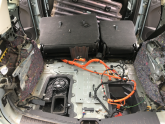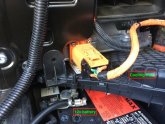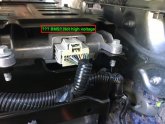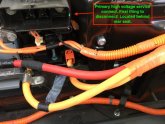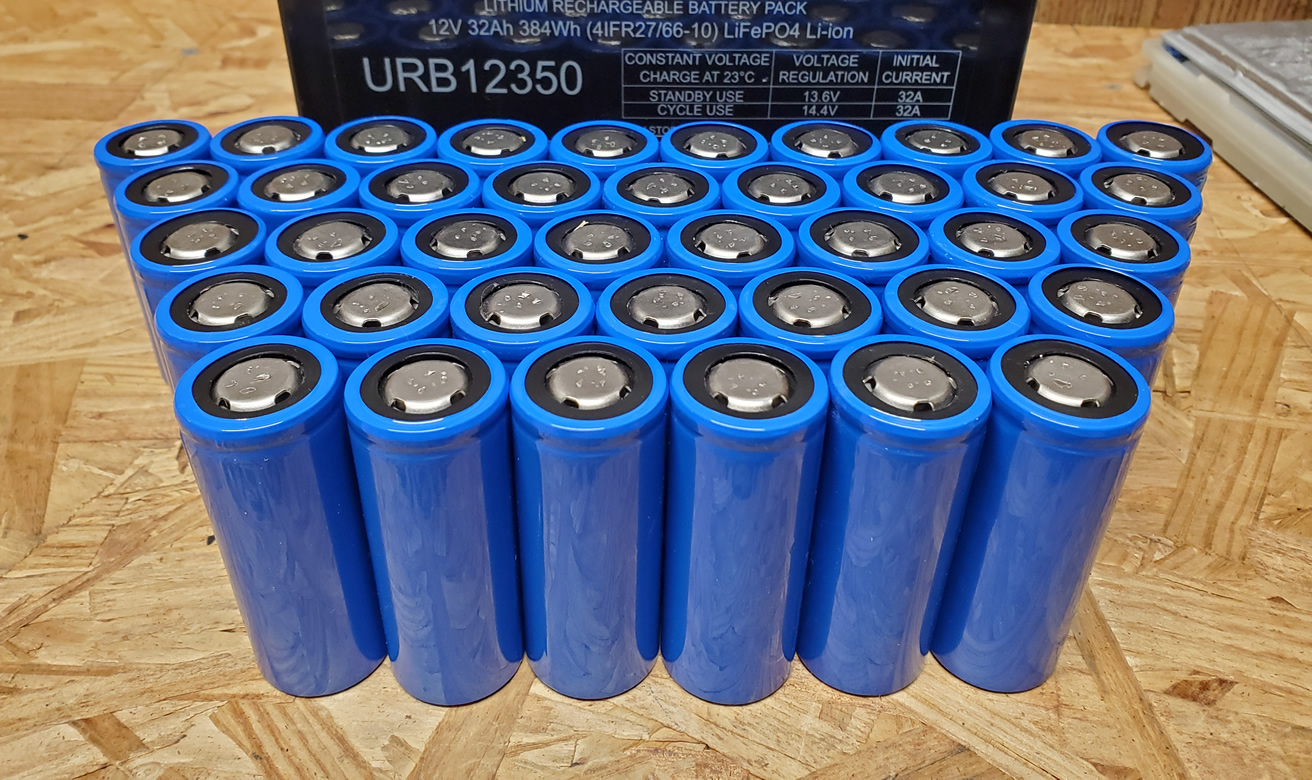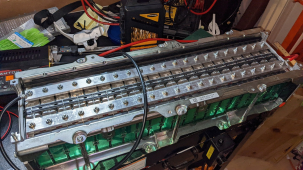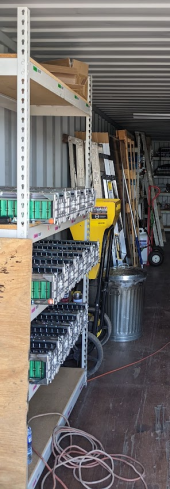johnzilla
New Member
- Joined
- Oct 11, 2019
- Messages
- 10
Hi All -
I'm new to the forum, and new to DIY solar and DIY electrical. I've recently come into a Ford C-Max PHEV that the owner intends to scrap. Apparently it needs a new transmission, and the cost is more than the vehicle is worth.
Anyway, I'm planning to yank the hybrid battery pack out of it and work my way through making a DIY powerwall hooked up to a solar array.
According to info I have found, there are 84 cells, 3.7v each or 310v total. The battery pack itself seems to be rated at 2.6kWh.
Are there recommended/suggested tools for working with and testing these batteries? Basic stuff I have, multimeter, etc but I am wondering about more extensive testing if I am going to rely on these cells for backup power at home.
I'm new to the forum, and new to DIY solar and DIY electrical. I've recently come into a Ford C-Max PHEV that the owner intends to scrap. Apparently it needs a new transmission, and the cost is more than the vehicle is worth.
Anyway, I'm planning to yank the hybrid battery pack out of it and work my way through making a DIY powerwall hooked up to a solar array.
According to info I have found, there are 84 cells, 3.7v each or 310v total. The battery pack itself seems to be rated at 2.6kWh.
Are there recommended/suggested tools for working with and testing these batteries? Basic stuff I have, multimeter, etc but I am wondering about more extensive testing if I am going to rely on these cells for backup power at home.



